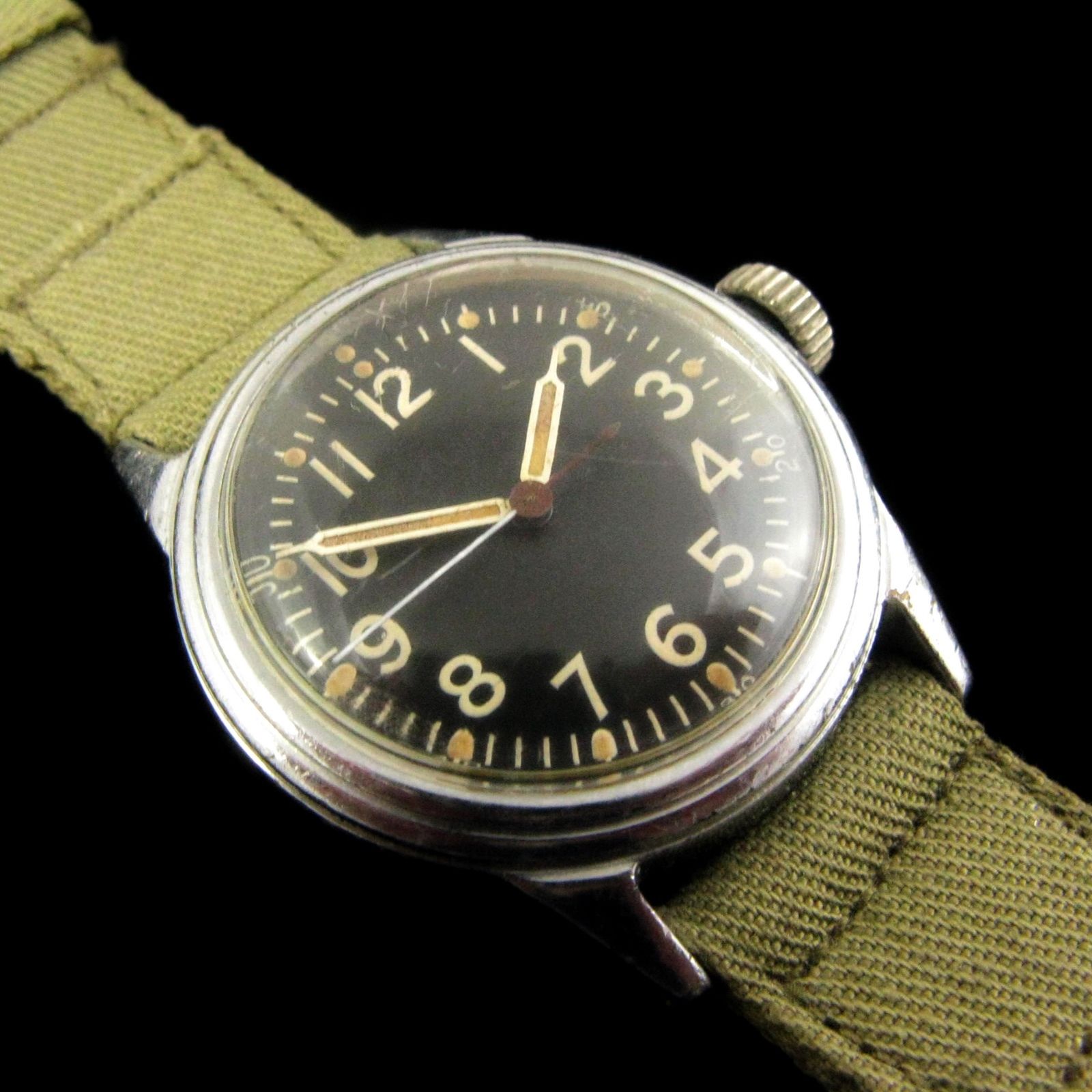Oh man, I didn't want to get sucked into this, but apparently I can't stay away.
If you asked any non-pilot what they thought the definition of "flight time" is, I bet almost certainly they'd say "from takeoff to landing". Because, you know, the word "flight" is in there. And that is truthfully the most logical definition.
Now, the FAA decades ago could have just defined it as such. But no, they made it this ridiculous wording of "moves under its own power for the purpose of flight", which of course is vague and ambiguous and causes all these discussions. And then non-pilot lawyers get to tell us what it really means.
Engine start to engine stop is, of course, a well-accepted method. And that's usually fine enough, although I have watched clients put 30 minutes on the Hobbs before taking off, even at a simple uncontrolled field. Maybe 10 minutes of that is taxi, so 20 minutes is running and re-running checklists, setting up the GPS, etc. Should that really fall under the definition of "flight time"? How much time sitting down there in the runup area should be allowable? An hour? 4 hours followed by one lap around the pattern? You may laugh, but that kind of thing DOES happen.
I also don't buy the argument that "it should count as flight time because it's important". Well, so is the drive to the airport. So is the preflight. So is making sure I am well rested. But that doesn't mean I should log it all as flight time. There are lots of important things we do that don't count for anything.
Mechanics taxi airplanes between hangars all the time. Sure it's important to be safe, but you don't even have to have any kind of certificate to do that. Anybody can taxi an airplane. You could have your butler taxi the plane to the runup area and get everything set for you, you just hop in and take off. That doesn't mean the butler gets to log flight time (although maybe they could, because it was "for the purpose of flight", well sort of).
Yes, regulations do allow (or pretty much allow within rounding) the "engine start to stop" logging method. But that doesn't at all mean it's logical, or right, or result in worthwhile time logged.
And while I don't agree with, that is how I log my flights. Why? Because that's what my very first CFI did, and I'm addicted to primacy.

